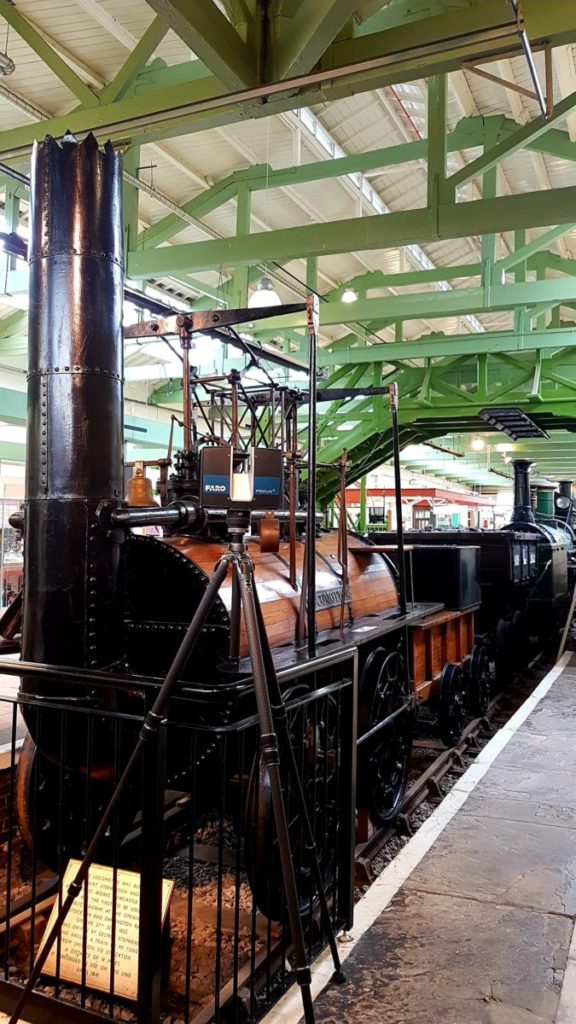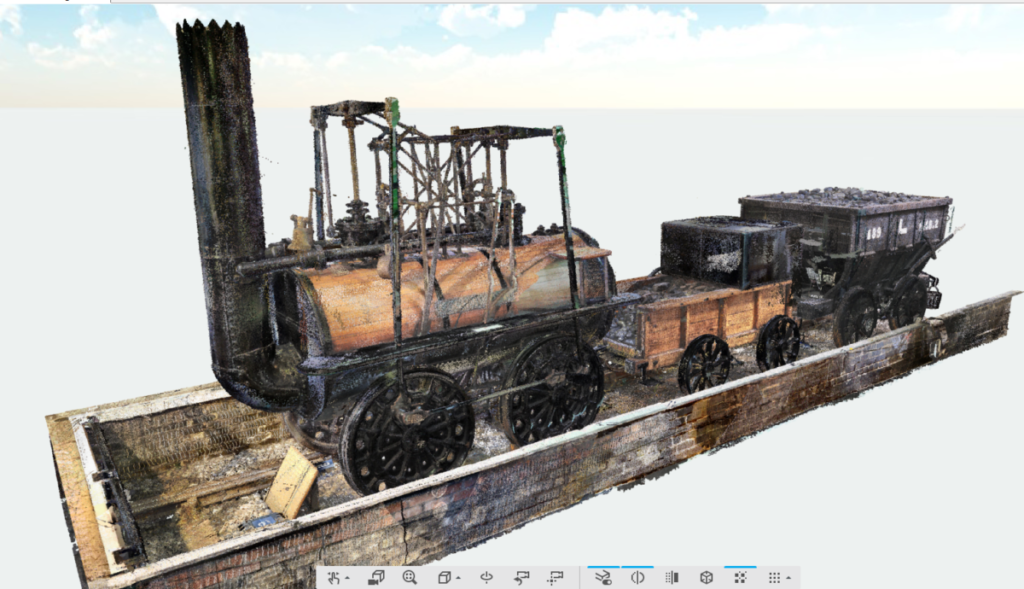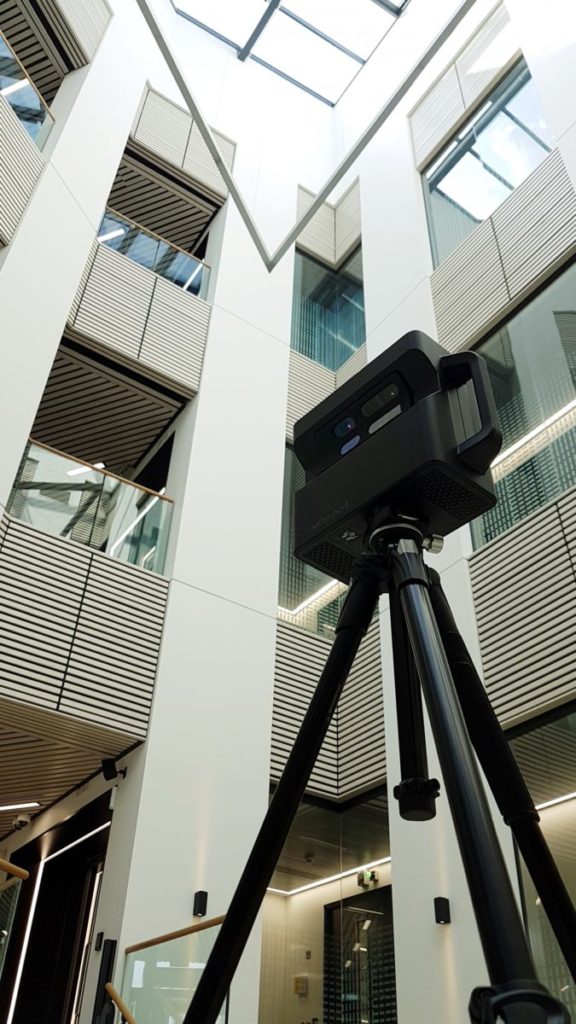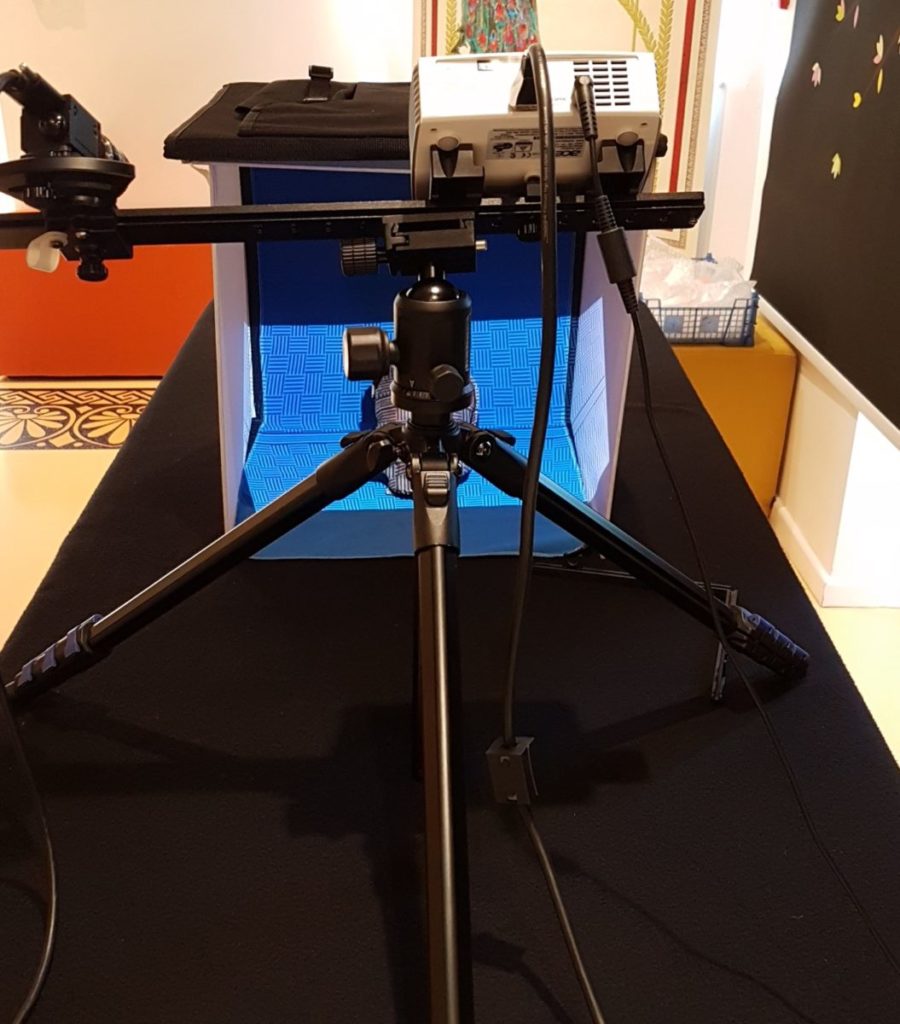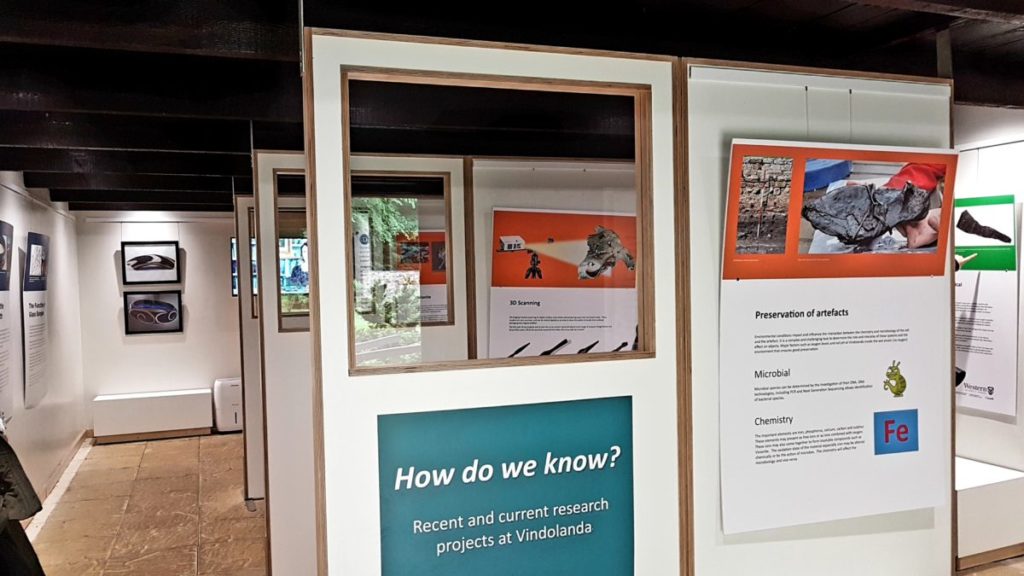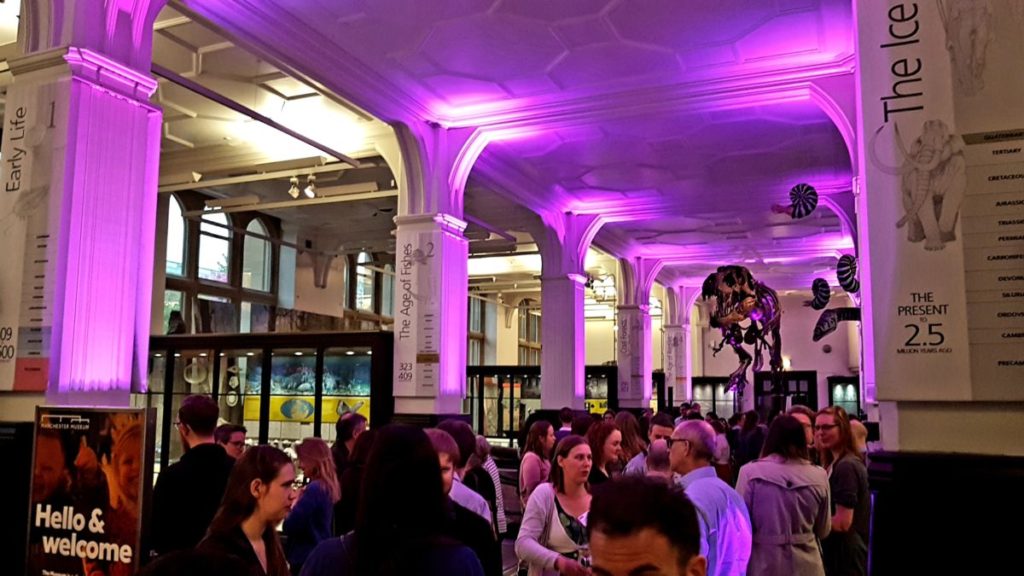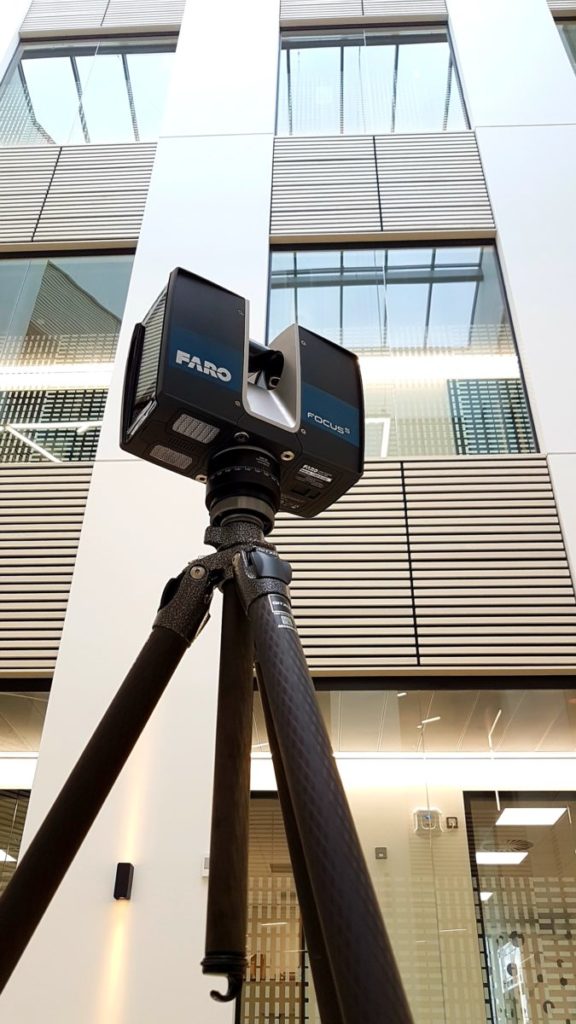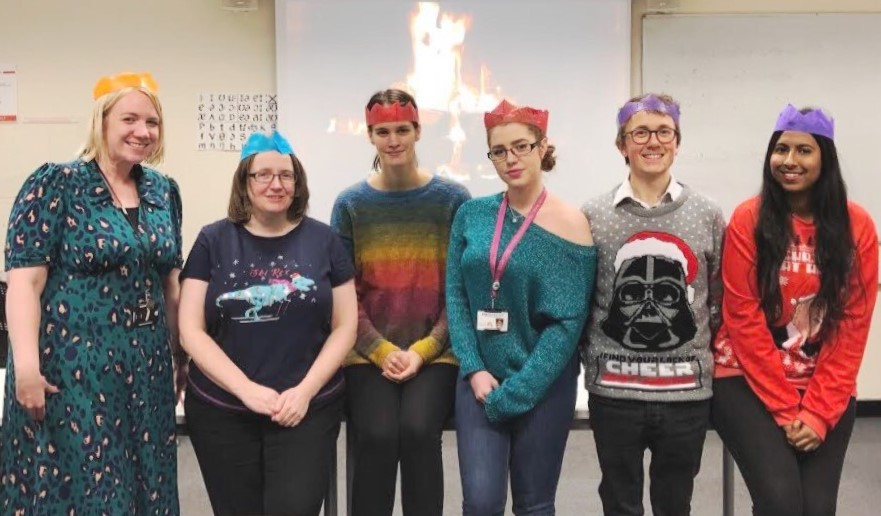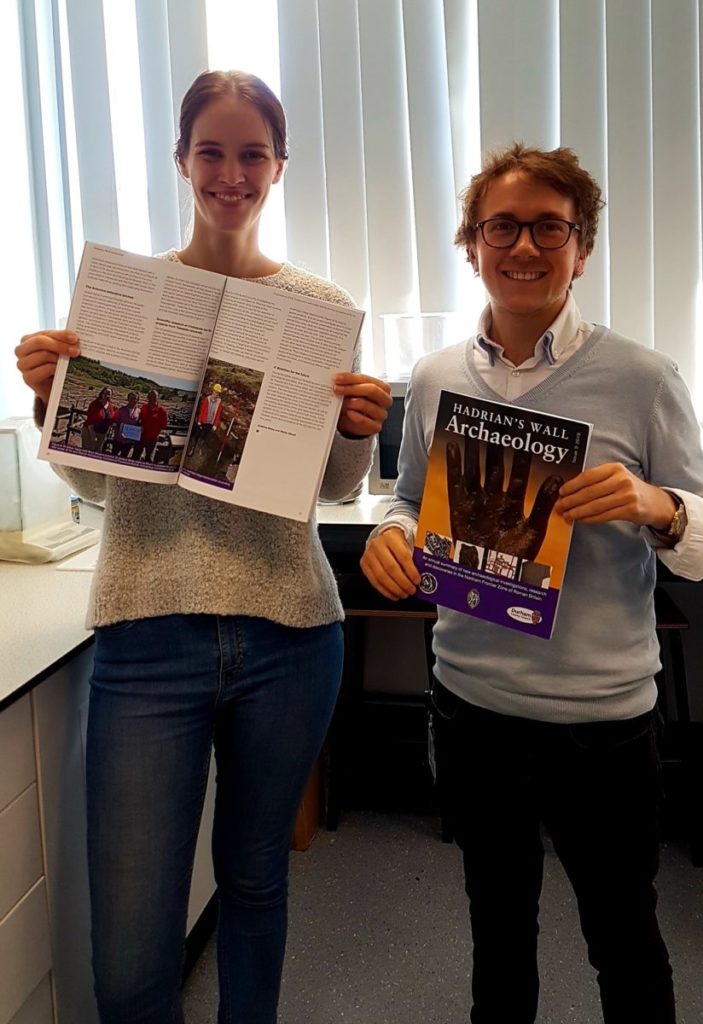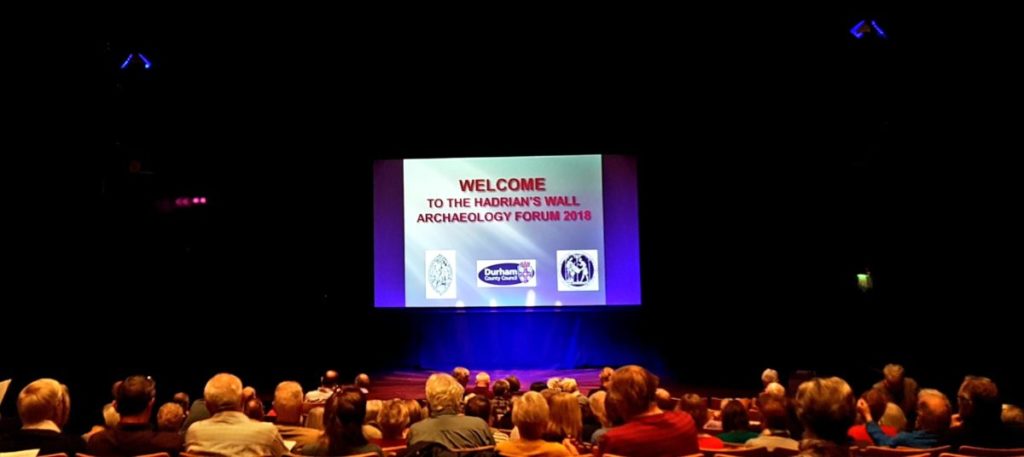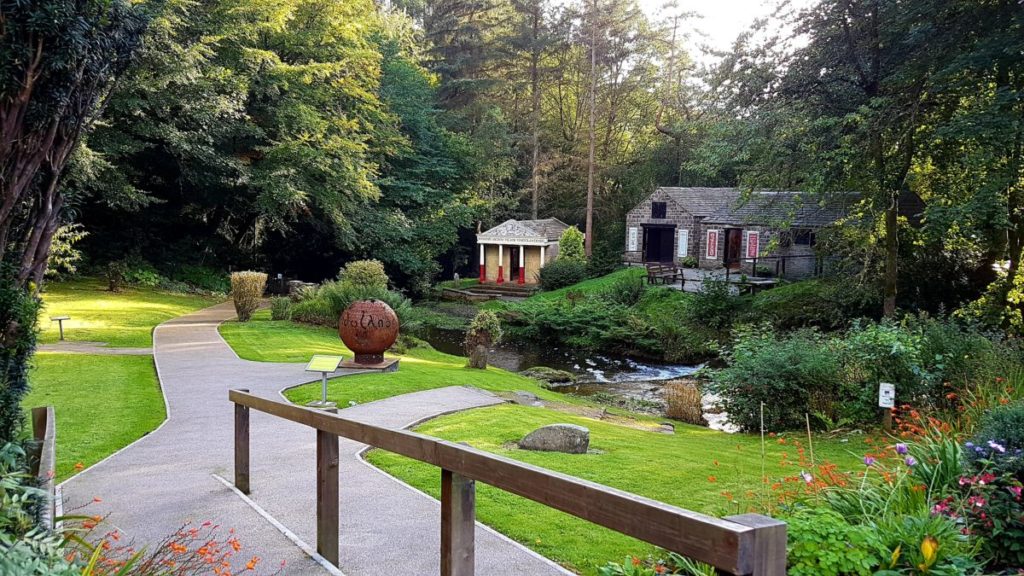Last week, TUBA had the fantastic opportunity to place our research directly in the public’s hands and show them just what happens behind the scenes at Vindolanda Museum. As you may well already know, I’m a tad passionate about breaking down barriers in museum, unlocking the display cabinets and allowing people to make their own discoveries. And so, we showed all the hard work we’ve put in to 3D scanning and printing – perfect for allowing these discoveries!

After a few too many weeks of preparing 3D scans and printing models (sorry to those suffering PTSD after my printer harassment!), we finally produced quite the little display of heads shoved onto pikes. C’mon, admit it, you’re just as impressed as we are!
all photos were taken with express permission, but please get in contact if you want them removed.
The whole aim of this workshop was to really gauge “what’s the point, the impact?”. Visitors progressed through three zones. First, they swiped through the iPads, formulating some ideas as to what really happened to the range of heads. After, they handled the printed models, allowing them to contextualise much of this digitised information. This was key – it’s really, really, difficult explaining the dips in the human head caused by forcing onto the pike without feeling them, otherwise you beg the question “which dip? Ketchup, guac, garlic mayo?”.
Finally, visitors finished with a miniature archery range, really shooting home with how amazing Roman archers were (or rather, how abysmally terrible we are now). Sometimes visitors had pretty great aim with the little dinky bows:

And other times… it looked like the museum was under attack!
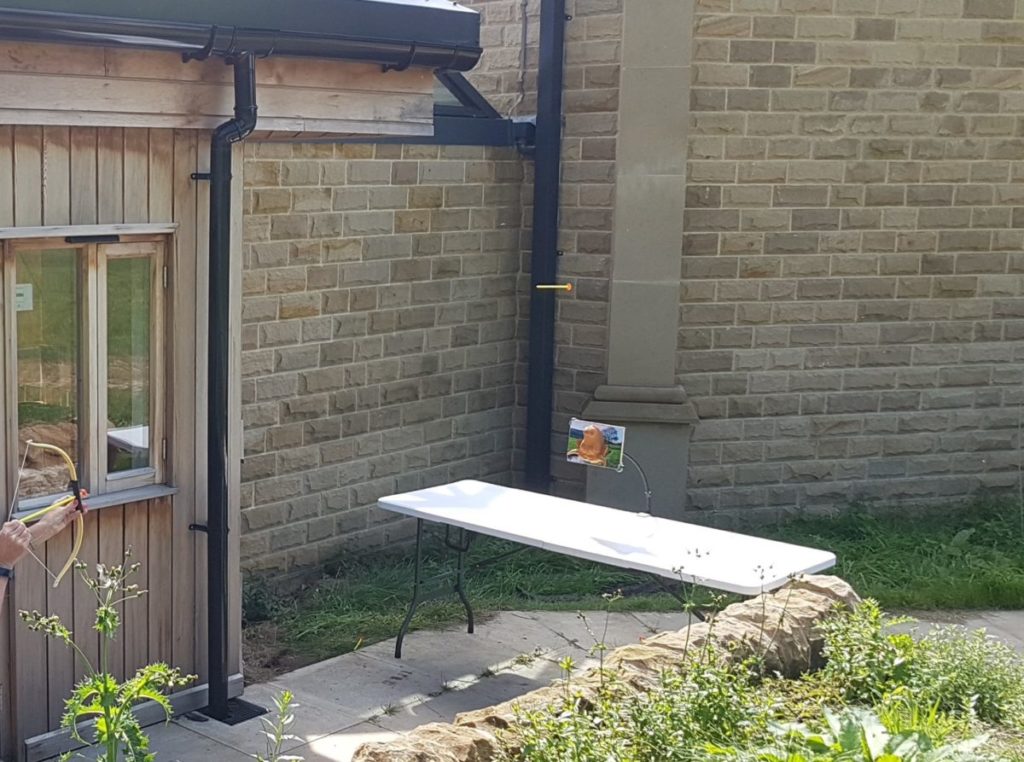
Before visitors continued their exploration through the museum, they voted on what they enjoyed the most. Digital models? Printed models? Or, the original museum display? Clearly we evoked some excitement here because some visitors bragged to other people that they absolutely must come to our exhibit!
Yes, I know what (some) of you are thinking. What are the results?! Now now, let’s not get too ahead of ourselves here, there’s a while before we can release those. But for now, here are some juicy quotes, which also make up for the lack of visitor photos because we were SO BUSY:
“I’m just stopping on a whistle stop tour, what’s all this?” – 30 minutes later – “my mind is BLOWN”
Jessie James, aged 32
“Can we eat it? [the plastic cow target]… aw, well can I shoot my brother instead?”
Hannibella, aged 6
“Aw jeez Rhys, aw jeez, I dunno, doesn’t this seem a little barbaric of the Romans? I dunno, aw jeez”
Morty, aged 14
So, was this a success? Yes! Did anything break? Not at all! Will we continue to push 3D imaging and printing forward? Absolutely! Wink wink nudge nudge to anyone fancying our 3D work for yourselves..!
Looks like we’ve had the best way to close off a summer of research!
TUBA

